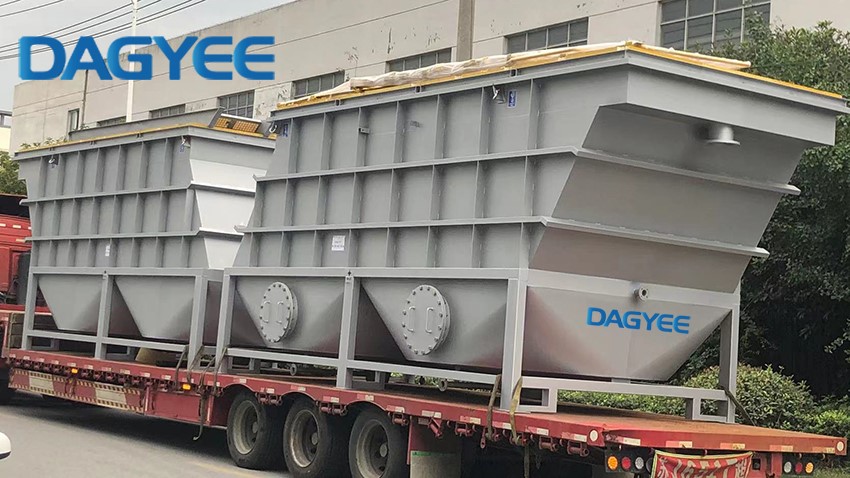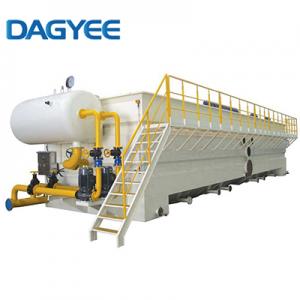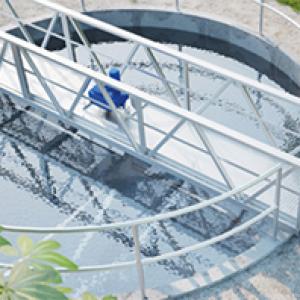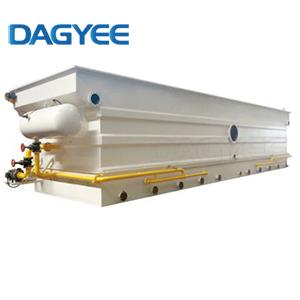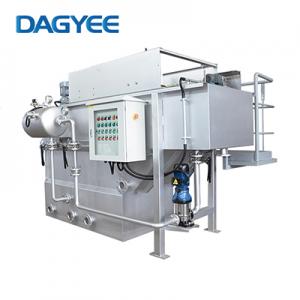Description
Lamella Separator Description
Dagyee offer reliable liquid/solid separation for potable and municipal wastewater treatment plants, chemical industries, metal finishing, metallurgical industries, pulp and paper mills, power plants, and industrial process makeup water applications.
Depending on effluent requirements, filtration may be advantageous, and Sepratech suggests dewatering with a rotary drum thickener or filter press.
Lamella clarifiers are capable of managing feed water with high concentration of suspended solids. Separation results will vary depending on the feed water quality and types of contaminants. The feed water enters the lamella clarifier through the inlet channel on the top and flows to the bottom of the separator. The water is led back to the top, on its way the water flows through the lamellas, onto which the solid particles settle. Treated water flows to the top and reaches the outlet by passing a weir. The sludge slides down the lamellas and is collected in the sludge funnel. A rabble rake can be installed to prevent caking of the sludge in the conical hopper. The sludge is exported at intervals.
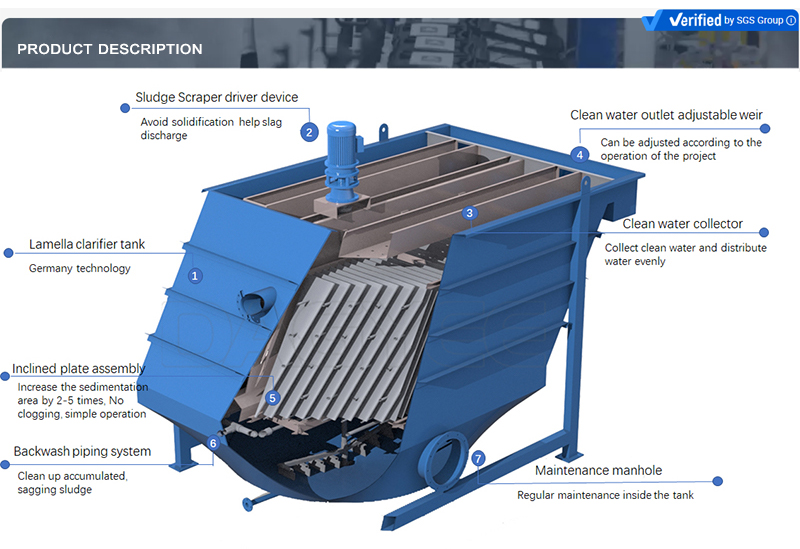
Available options
• Flash mixing/flocculation tank with agitator
• Full glass steel or stainless steel structure
• Concrete tank design
• Special coatings and plates
• Integrated mechanical sludge thickener
• Overhaul platforms and ladders
• In-house laboratory analysis to optimize equipment
• Drinking water design
• Gasket and removable cover
• Automatic desilting
• Instrumentation and control
• Chemical feed equipment
• Sludge treatment and dewatering
• Pilot size units for field testing
Lamella Separator Model
DLC-I Gravity Lamella ,V shape mud bucket, simple structure, no energy consumption.
DLC-II Lamella with scraper,Increase the mechanical transmission mechanism, the mud discharge is better and smoother, and it matches the unit with large processing capacity.
DLC-III Super hydraulic Lamella,Reduced footprint, efficient sedimentation, detachable transportation.

| DLC Model |
Capacities (m3/h) |
Piping Connections() | Physical Dimensions(m) | |||||
| Inlet(a) | Effluent(b) | Sludge(c) | Backwash(d) | L | W | H | ||
| DLC- | 5 | 80 | 80 | 50 | 50 | 2.55 | 1.6 | 2.9 |
| DLC- | 10 | 100 | 100 | 50 | 50 | 3.35 | 1.82 | 3 |
| DLC- | 15 | 100 | 100 | 50 | 50 | 3.35 | 2.02 | 3 |
| DLC- | 20 | 100 | 100 | 50 | 50 | 3.35 | 2.02 | 3 |
| DLC- | 30 | 150 | 150 | 50 | 50 | 4.2 | 2.22 | 3 |
| DLC- | 40 | 150 | 150 | 50 | 50 | 4 | 2.8 | 3 |
| DLC- | 50 | 200 | 200 | 50 | 50 | 4.65 | 2.82 | 3 |
| DLC- | 60 | 200 | 200 | 50 | 50 | 4.7 | 3 | 3 |
| DLC- | 70 | 250 | 200 | 50 | 50 | 6.4 | 2.6 | 3 |
| DLC- | 80 | 250 | 200 | 50 | 50 | 6.8 | 2.82 | 3 |
| DLC- | 100 | 250 | 250 | 50 | 50 | 7.05 | 3.02 | 3 |
Lamella Separator Advantages
More compact size than the classic silo
Increased performance in terms of lt./min. and water clarity
No maintenance required thanks to the innovative self-cleaning system
Eliminates the expensive construction of settling pits
Reduces and optimizes the cost of mud disposal
Structure in galvanized Iron
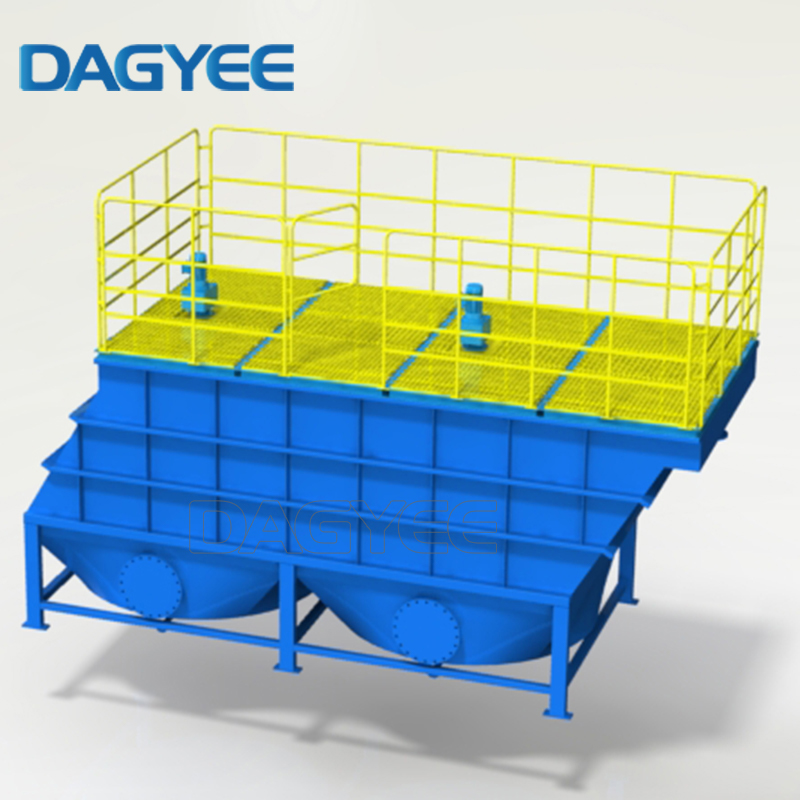
Lamella Separator Applications
Heavy Metals Removal
Filter Press Belt Wash
Battery Plant Heavy Metals Removal
Hazardous Waste Remediation
Brine Clarification
Plating and Finishing Wastes
Food & Beverage Waste
Trace Metals Reduction
Storm Water Management
Bleach Plant Wash Water
Incinerator Wet Scrubber
Potable Water Pretreatment


